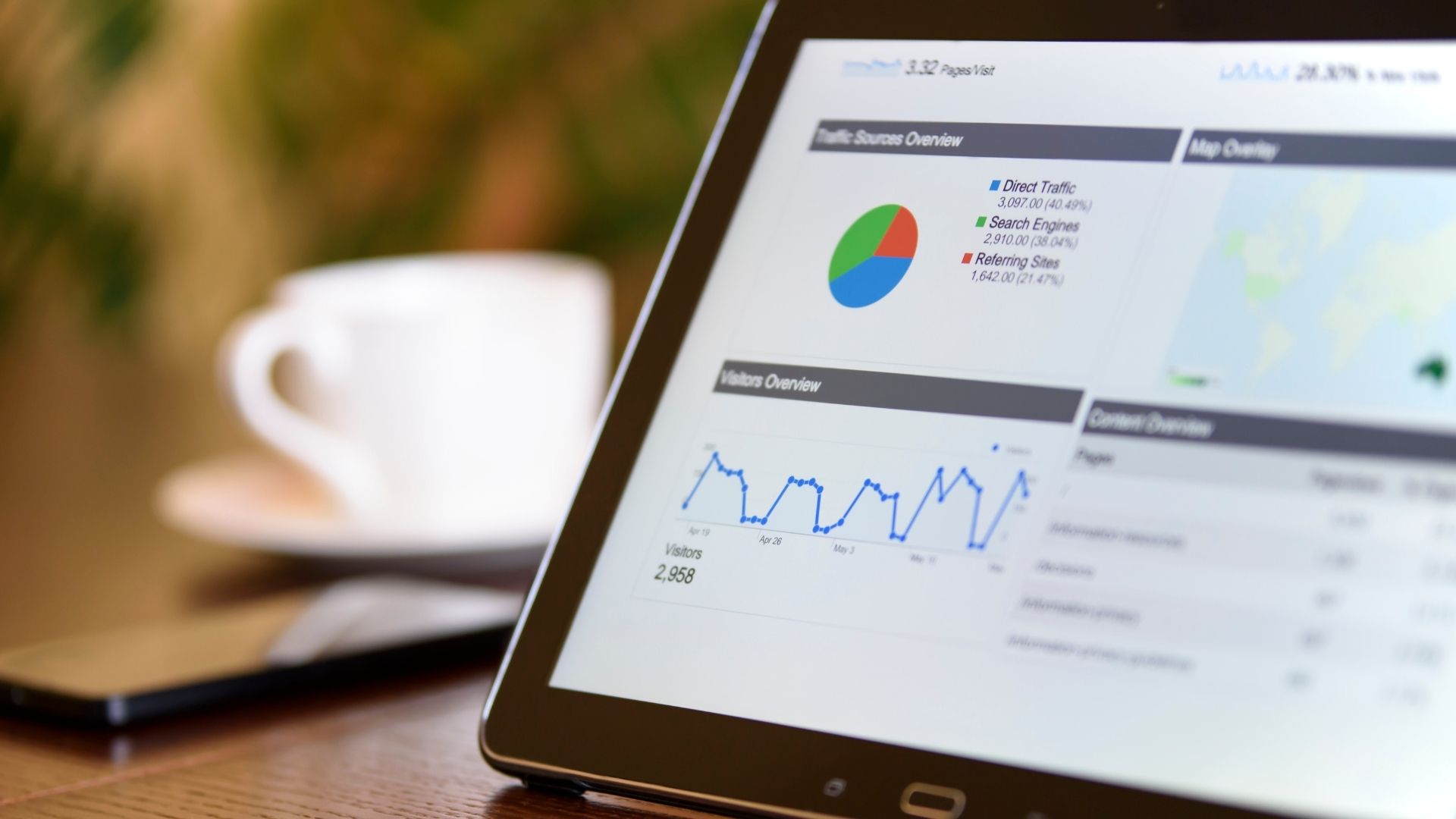
Google has officially announced the last day universal analytics will process hits is July 1st, 2023.
What does this mean for you and your website? Put simply, you need to update to the new Google Analytics 4 as soon as possible.
Keep reading to learn why Google is sunsetting UA, and how to make sure you don’t lose data when GA4 takes over.
Universal Analytics Is Going Away; Why?
Put simply, Google Analytics 4 has machine learning and is meant to help streamline your data across multiple platforms. Now, if you have an app and a website, you can see a user’s behavior across both of them in one analytics property.
It’s also built with better privacy for users, so you can feel confident it’s going to be future-proofed. Be sure to read Google’s introduction to GA4.
What’s the Difference Between Them?
When you get into GA4 and compare it to Universal Analytics, you’ll immediately notice a difference. The interface right away looks vastly different, and the menu items on the left are changed. These differences help to show a more detailed story of your users.
Hit Types
In UA, the hit types included pages, events, social interactions, and eCommerce. Now, since GA4 is event-based, basically every interaction is considered an event and can be tracked as so. This means the UA property hits translate to events in GA4.
However, not everything you track in UA will transfer to GA4; there will be some manual event setups that need to happen.
Events Make You Rethink Data
Anyone familiar with UA knows an event has a category, action, and label. However, in GA4, every hit is an event, and there’s no distinction between them.
For example, in UA, when someone views your website, you could only track that as an event if you created a custom event and tracked it as such. In GA4, a page view is now considered an event.
There’s No “Views” Tab
The best practice for setting up a UA account is to have three views at any time. One is for analyzing data, one is a test account to test different theories before launching life, and then the unfiltered view is all of your raw data as a backup.
In GA4, you now only have the property and there are no different views. This doesn’t change much, but I will miss being able to test something before deploying it to my live data.
At Least GA4 Is Better, Right?
When writing this article (March 2022), in my opinion, Universal Analytics is better. It’s easier to set up, monitor, and maintain. However, I don’t think this will always be the case.
Many of the issues that I run into when using and setting up GA4 is the lack of documentation and how-to articles/videos. It feels like Google launched it and basically said Good Luck! Again, at the time of writing this, even their Analytics Certifications go through Universal Analytics.
Hopefully, since Google just recently announced the sunsetting date of UA, they’ll begin switching their training over to help us out.
So, What Do I Do?
It’s not hard to add GA4 to your current account. Here’s a step-by-step guide to setting that up. You’ll want to do this sooner rather than later so that next year when you’re looking at your data, you’ll have a history of data in GA4 to compare to.
However, just because you’ve added the new tracking to your account doesn’t mean things you want to track will be set up automatically.
Actions such as form submissions or lead generation tools need to be set up inside GA4 in order to be tracked. If this is the case for you, contact me today, and I can help you get those set up so your business is future-proof!

